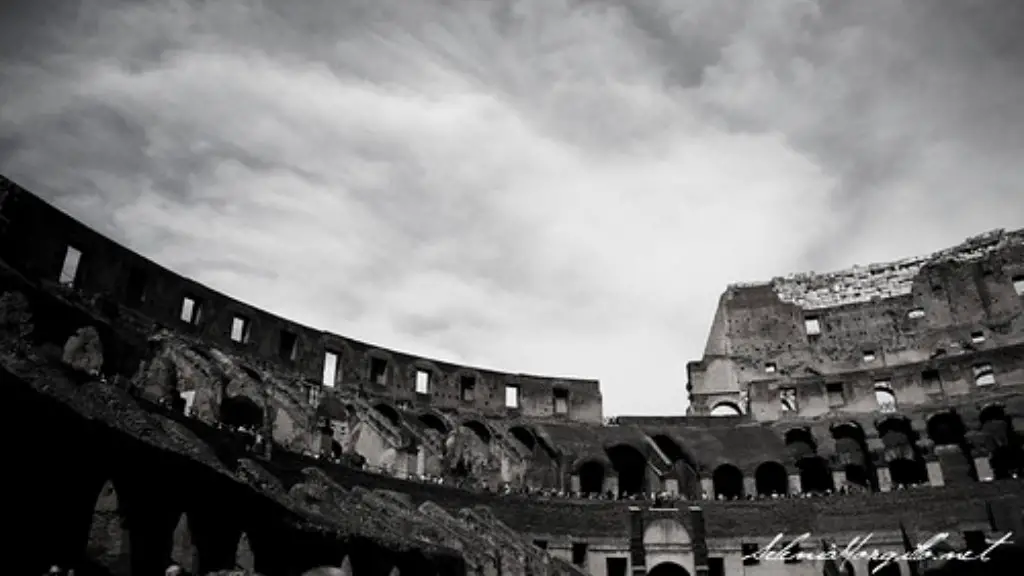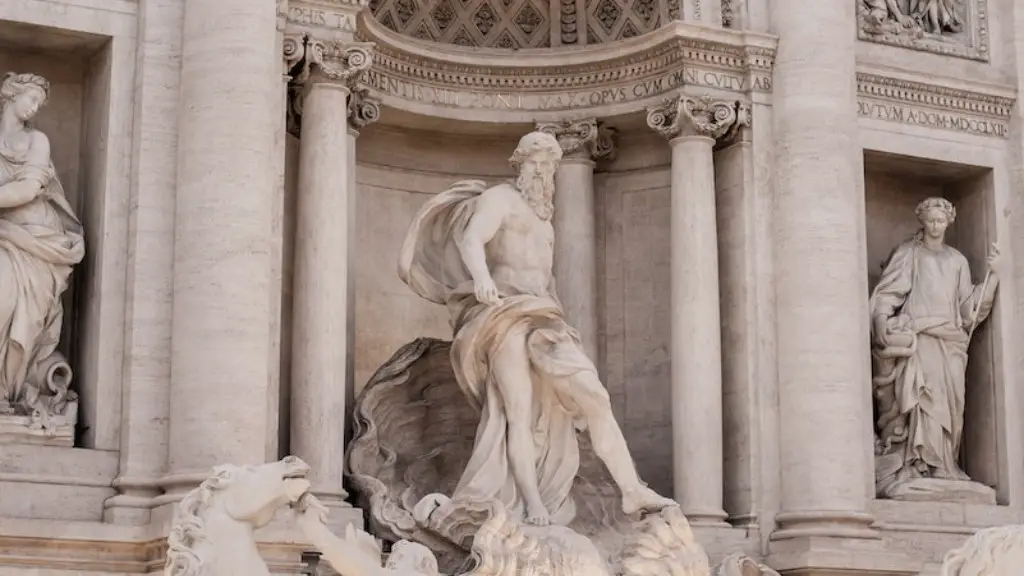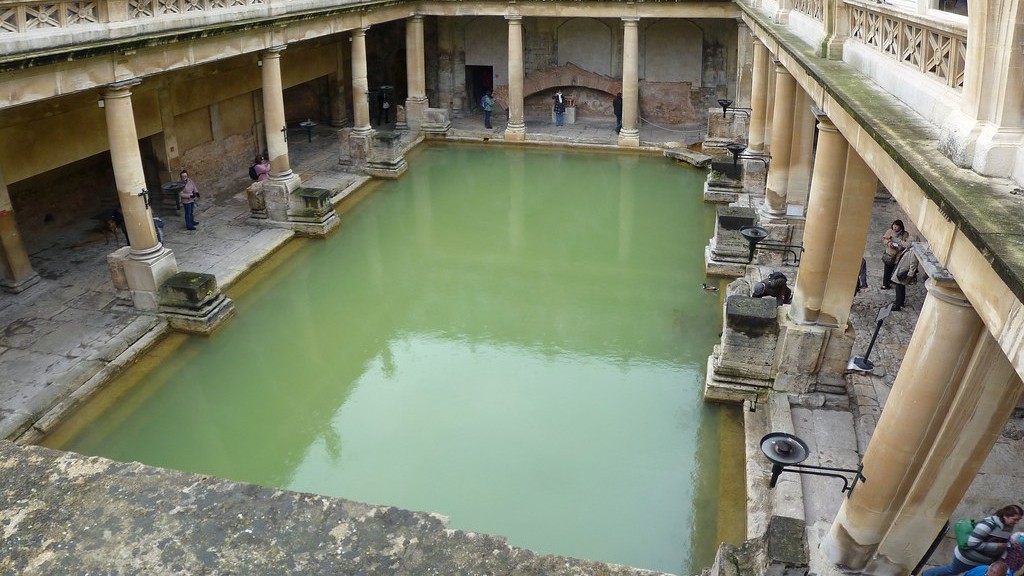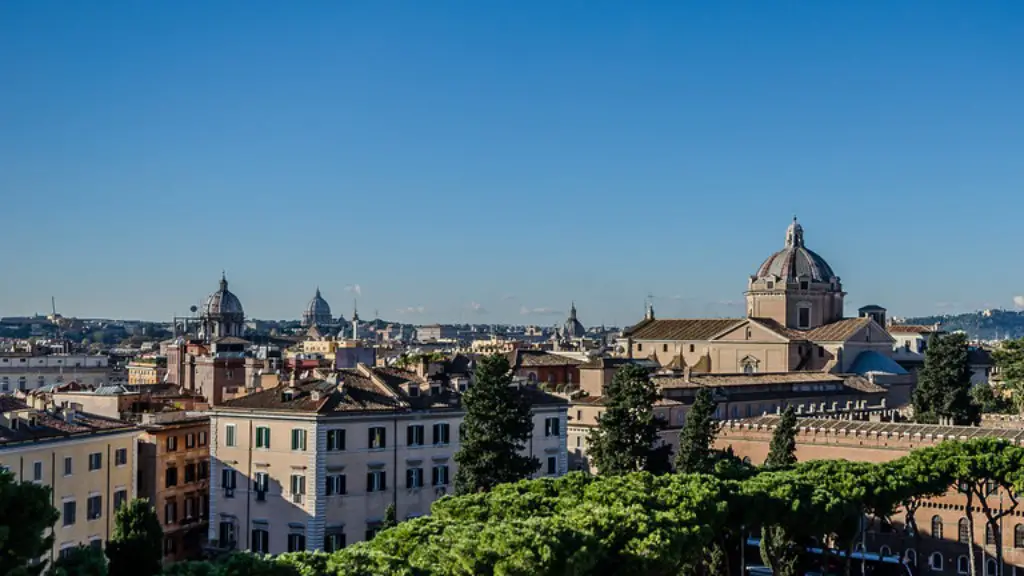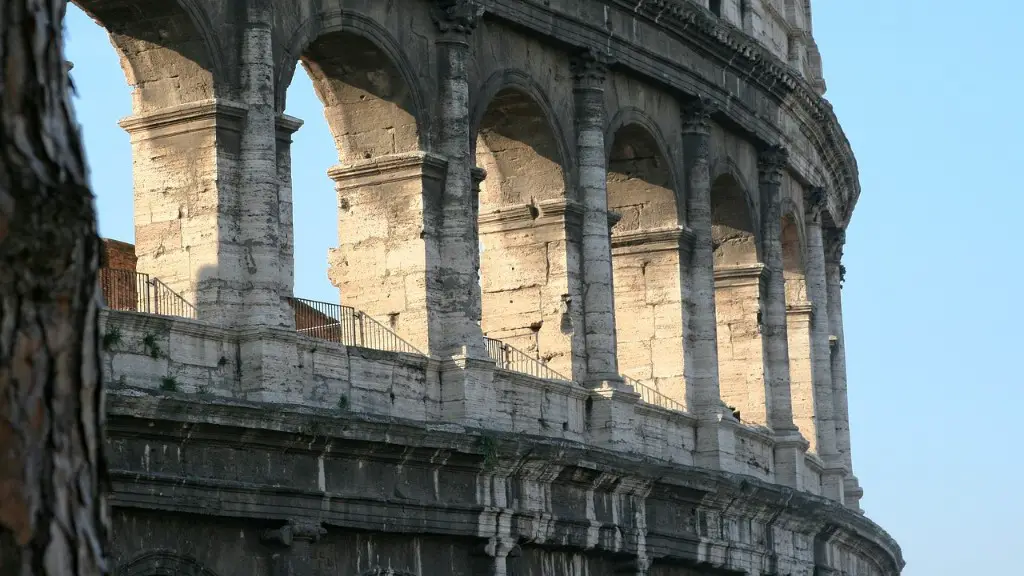In ancient Rome, gladiators were warriors who occupied a privileged place in the Roman Empire’s entertainment circuit. From the early days of the Republic until the late Empire, gladiatorial combat was a source of amazement, horror and admiration to its audiences. Gladiators were some of the most honored and respected citizens of the Roman Empire and were used to highlight the courage, strength and valor of its citizens.
Gladiators were not slaves or common citizens, but were typically freed men who had signed on to the entertainment circuit to earn money and fame. They underwent a rigorous training program and the most successful ones became celebrities and enjoyed special privileges. Gladiators fought in special arenas like the Circus Maximus, and their fights were used to mark important state celebrations or to celebrate the end of major wars.
The popularity of gladiator fights in Ancient Rome was immense. People from across the empire flocked to the venues to witness the spectacle. Emperors such as Julius Caesar would often offer large sums of money for the best fighters and provided special awards for their courage and skill. Gladiators would often win public favor through their bravery and skill, even becoming fan favorites and receiving gifts and admiration from the audiences.
Gladiators were highly trained and skilled combatants who fought with various weapons, including swords, spears, bows, and shields. Many gladiators were highly respected by the Romans and were given special privileges, such as free meals and admission to certain events. Some gladiators were even granted certain rights, such as the right to marry, something that was not common for men of their status.
The fights between gladiators would also often involve animals, and were used as a chance to display the power of the Empire. This was especially true in the early years of the Roman Empire, when gladiatorial games were an important means to display the majesty of Rome and its military power. Gladiators who won their bouts achieved great fame and wealth, receiving large amounts of money and esteemed titles.
Gladiators in the Roman Empire had a special place in the Roman consciousness and were both celebrated and feared. They served as a reminder of the strength and courage of the citizens of the Empire, as well as a warning that violence and death were never far away. Their popularity and fame have endured through time and their fights still serve as an important reminder of the power of the Roman Empire.
Political Implications
The gladiatorial games began in the 5th century BC and were used by the Roman rulers to serve a political purpose. The games often served as a demonstration of the power of the current ruler, as well as a way to keep their citizens in line. Gladiatorial combat was particularly popular with the ruling class, who used it to show the public their own power and strength.
The games also had a ritualistic importance, with religious ceremonies and sacrifices being part of the spectacle. Gladiatorial combat was also used to show the military prowess of the Roman Empire, with the gladiators being a symbol of Roman power. Gladiatorial combat was also used to settle disputes between rival cities and states, with the winners claiming victory and honour.
The gladiatorial games thus had a political significance, as they were used to demonstrate the authority of the ruler and to show the strength of the Roman Empire. Gladiators thus had an important place in the social and political order of the Roman Empire, and were used to illustrate the power and status of the ruling class.
Social Impact
The gladiatorial games also had a strong social impact in ancient Rome. Gladiators were not just fighters, but were also seen as symbols of power and strength. The gladiatorial games thus served not only as a form of entertainment, but also as a powerful symbol of Roman power and strength.
The games were also seen as a way for the ruling class to test the morale and courage of their citizens. Gladiatorial combat was thus seen as a way to demonstrate the honour and bravery of Roman citizens, as well as a way to promote Roman values and ideals.
The gladiatorial games were thus a powerful symbol of Roman values and ideals, and were used to influence the social and political order of the Roman Empire. Gladiators were celebrated and admired, and their exploits were a source of great pride for the Roman people.
Modern Legacy
The legacy of the gladiators in ancient Rome has endured through the centuries and remains strong to this day. Gladiators are still seen as symbols of courage and strength, and their legacy is celebrated in popular culture and art. Gladiatorial games are still held in some parts of the world, and the legacy of the ancient gladiators is still evident in modern sports.
Gladiators in ancient Rome have served as an important reminder of the power of the Roman Empire, as well as its ideals and values. Their legacy still remains strong, and their influence can still be seen in today’s popular culture and sports.
Famous Gladiators
There are a number of famous gladiators from the Roman Empire who have become well known in modern culture. These include the famous Spartacus, the Thracian gladiator who led a slave revolt against Rome; Commodus, the Roman emperor who was also a famous gladiator; as well as Crixus, another Thracian gladiator who was among the most celebrated fighters of his time.
The exploits of these famous gladiators are still celebrated to this day, and their legendary status has endured through time. Gladiators such as Spartacus and Commodus have become symbols of courage and strength, and their stories continue to inspire generations of people.
Gladiatorial Combat Today
Though the days of gladiatorial combat in the Roman Empire have passed, there are still modern forms of gladiatorial combat in various parts of the world. These include martial arts tournaments, historical recreations, and even virtual and video game forms of gladiatorial combat.
Though their purpose is often different, these modern forms of gladiatorial combat still seek to capture the tradition and excitement of the Roman Empire. These modern forms of gladiatorial combat can still be seen as a reminder of the courage and strength of the Roman people, as well as a way to celebrate the legacy of the ancient gladiators.
Conclusion
Gladiators in the Roman Empire occupied a unique place in the culture and history of the period. They were both feared and admired for their courage, strength, and skill, and their legacy continues to this day. Their exploits and stories have inspired generations of people, and their legacy can still be seen in modern sports and popular culture.
